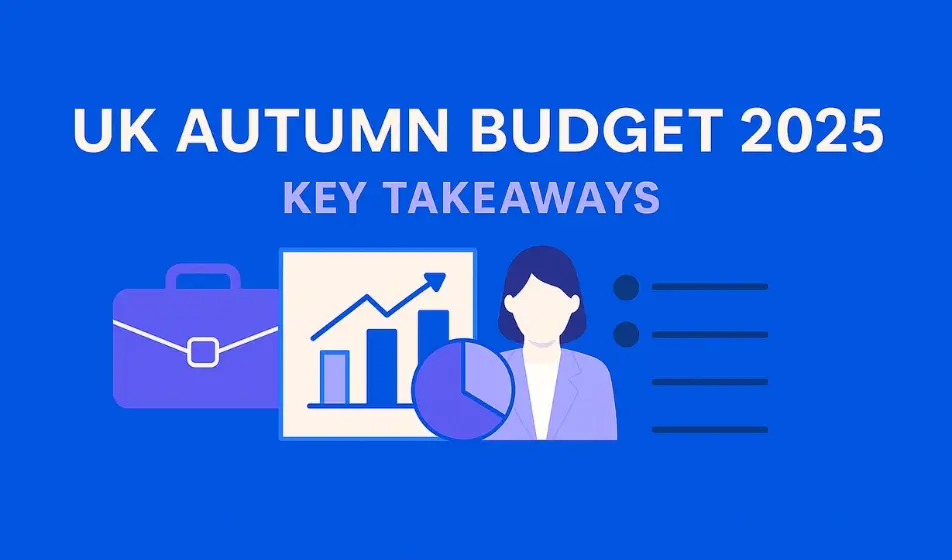1. Sexual harassment at work
“As of the 26th of October, employers must now take reasonable steps to prevent sexual harassment. To do this, you’ll need to update your policies.
These steps could include conducting a workplace risk assessment, setting up clear processes to communicate the changes, building awareness in your organisation, communicating what it means and documenting everything. And if you’re using Breathe’s HR software, that’ll make it a lot easier to communicate your policies and send out announcements.”
- Juliet Price, Founder & Managing Director, Park City Consulting
This first point features two major legal changes, one that's already happened and another that's expected in the future.
Recently, new laws around sexual harassment at work came into force. Now, employers must take 'reasonable steps' to prevent sexual harassment in the workplace, including by third-party customers, contractors and/or clients. This could include carrying out risk assessments, educating managers or explaining how employees should report concerns.
In future, this legal hurdle will be raised even further. The Employment Rights Bill will upgrade 'reasonable steps' to 'all reasonable steps'. In practice, this means employers will have a higher legal burden to clear if they want to demonstrate their compliance.
📋 Sexual harassment at work: How to stay compliant
First, you should start by conducting a sexual harassment risk assessment and identifying measures to mitigate it. This can involve educating employees, clients and/or customers, as well as training managers and HR teams. You should also have a clear process for reporting and responding to complaints.
2. Maternity and family leave returners
The new Employment Rights Bill will also create new protections for employees who have recently been on family leave.
This includes maternity, adoption leave, shared parental leave, neonatal care leave and bereaved partners’ paternity leave. In practice, these laws will make it difficult to dismiss any employees who are currently on family leave or have been in the last six months.
📋 Maternity and family leave returners: How to stay compliant
Businesses should avoid dismissing employees who have recently been on family leave. This is important to remember if the company makes redundancies in 2025 or beyond.
3. Strengthened rights for equal pay claims
Under existing laws, employees can go to an employment tribunal if they believe they are unfairly paid based on their gender. When The Equality (Race and Disability) Bill becomes law, this right will be extended to minority ethnic and disabled workers.
In practice, this will allow a wider range of employees to submit equal pay claims.
📋 Equal pay claims: How to stay compliant
Organisations should take steps to identify and eliminate any gender, race or disability-related pay disparity. This is by far the most effective way to avoid any costly claims.
4. Menopause action plans
The final three DEI reforms on this list only apply to businesses with more than 250 employees. All of them involve reporting designed to improve inclusion efforts and promote a more diverse workforce.
First, businesses will have to publish a ‘menopause action plan’, detailing their support for employees going through menopause. There are no rules around what this should include or how such employees should be supported.
For smaller businesses, this is not a legal requirement. Taking this step could enhance your reputation and dedication to your people, by showcasing your proactive commitment to supporting employees.
📋 Menopause action plans: How to stay compliant
Businesses with more than 250 staff will have to publish a ‘menopause action plan’. This can include policies like employee education, proactive support and offering reasonable adjustments for relevant employees.
5. Gender pay gap action plans
If your business has 250+ employees, you are already legally required to publish gender pay gap information.
When new legislation becomes law, these requirements will be upgraded. Firstly, you’ll have to include contractors, freelancers and other outsourced individuals in your calculations. You’ll also be required to publish an action plan that details the measures you’re taking to reduce any gender pay gap you may have.
📋 Gender pay gap action plans: How to stay compliant
If the organisation has more than 250+ employees, you should start by collecting information on the pay of outsourced individuals. This will make it easier to include these in gender pay gap reporting when the laws come into effect.
Otherwise, you should develop policies to reduce any gender-pay-related disparities over time. This might involve implementing pay bands or identifying employees whose pay has fallen behind their colleagues. This will make it easier to publish your action plan when required.
6. Disability and ethnicity pay gap reporting
When the Equality (Race and Disability) Bill becomes law, businesses will also be required to extend existing gender pay reporting to include disabled and ethnic minority employees. Again, this is designed to promote more diverse workforces, and will also apply to businesses with more than 250 employees.
📋 Disability and ethnicity pay gap reporting: How to stay compliant
The best way to stay compliant is to proactively collect information on disability and ethnicity-related pay. If you can reduce any disparities before the bill becomes law, it will be much easier to stay compliant when it does.
Prepare today so you're safe tomorrow
“The new legal changes have both pros and cons for businesses. Of course, the opportunities could include long-term benefits from attracting and retaining staff, a more healthy working culture, and a more diverse workforce.
But at the same time, there’s a lot for SMEs to take in and prepare for. My advice is to deal with one change at a time – and be open with your team that we’re now entering big times of change.”
- Simon Scott-Nelson, Co-Founder, Wellity Global
At this stage, we still don’t have as many details as we’d like about these upcoming DEI reforms. Those covered in the Employment Rights Bill will likely become law sooner, since the draft text has already been published. The changes to ethnicity and gender pay reporting, as well as extended rights for equal pay claims, will likely come later.
Nonetheless, most of these requirements will be much easier to comply with if you can remove gender, disability or ethnicity-related pay gaps in advance. The good news is that we have some time to prepare. But some changes are likely to be introduced as early as this year, so it’s important to get started as soon as you can.
In our recent eBook, we summarised the upcoming changes we’re expecting over the next few years, including the DEI initiatives in this blog and many others.






